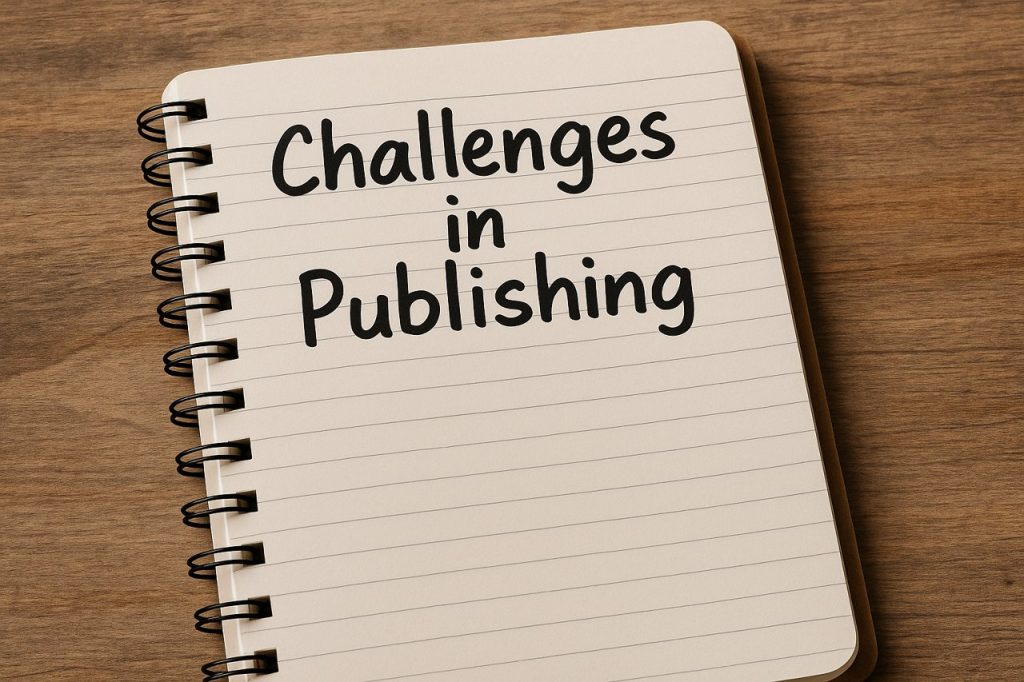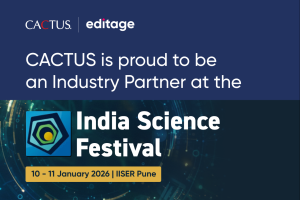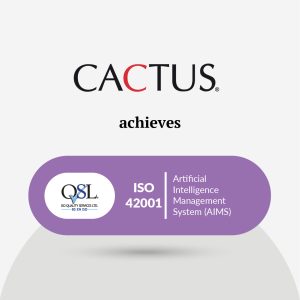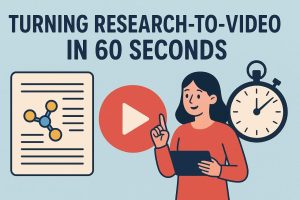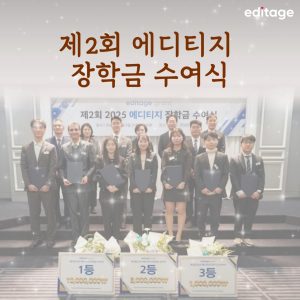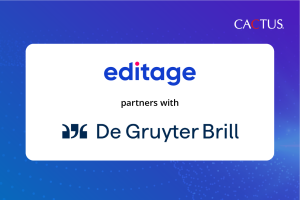Accessibility is critical to scholarly publishing, yet many researchers still face significant hurdles. What exactly are these barriers, and more importantly, how can we tackle them?
Recognizing the Challenges
Despite the increasing awareness about accessibility, academic publishing still struggles with several persistent challenges:
- Navigation Difficulties:
Imagine visiting a website where you can’t find essential buttons or use your keyboard to move through pages. Researchers with physical disabilities often face these navigation issues, including unclear structures, non-functional keyboard navigation, and confusing layouts. - Image and Multimedia Obstacles:
High-quality visuals are central to academic research, but they often come with accessibility issues. Detailed images and complex graphics, essential for understanding scientific data, can be challenging to load or interpret, especially for visually impaired users who rely on assistive technologies. - Heavy Reliance on Manual Effort:
Accessibility processes have traditionally depended on manual checks and edits. Each research document often requires specialized manual review, making accessibility improvements expensive, time-consuming, and challenging to scale across large libraries. - Linguistic and Cultural Barriers:
Accessibility isn’t just about disability, it also encompasses language. With most prestigious journals published in English, researchers who aren’t native speakers frequently find themselves excluded. Translation alone isn’t enough; cultural context and precise technical terminology must be accurately captured. - Alternative Text (Alt-Text) Limitations:
Alternative text descriptions for visuals are crucial for accessibility but notoriously challenging to create, especially for complex academic visuals. Striking the balance between detail and clarity without overwhelming the reader is often difficult.
Solutions through AI Innovations
Thankfully, modern technology, especially artificial intelligence (AI), offers powerful solutions to address these challenges head-on:
Alt-Text Generation:
AI can automatically produce accurate, context-sensitive descriptions for complex scientific visuals. These tools don’t just simplify the process; they enhance the quality and accessibility of visual data for all users.
AI-Driven Text-to-Speech:
AI text-to-speech technology converts written research into natural, clear audio formats, helping visually impaired or dyslexic researchers access and engage with research content effortlessly. These tools handle complex terminologies and equations, accurately reproducing them in spoken form.
Multilingual Transcription and Translation:
AI-driven language tools can quickly translate and transcribe content, ensuring that research becomes accessible across linguistic and cultural barriers. Advanced AI recognizes regional dialects, technical jargon, and nuanced terminology, helping non-native speakers participate fully in global academic discussions.
Automated Summarization:
AI-powered summarization tools distil complex, dense research into clear, digestible formats tailored for various audiences—from experts to laypeople. This significantly improves understanding, outreach, and engagement, making research more accessible to broader communities.
Embracing a Future-Ready Approach
These AI-driven solutions not only address current barriers but also prepare academic publishers for an inclusive future. With continuous advancements in technology, the landscape of accessible publishing is rapidly evolving.
By understanding these challenges and actively embracing advanced solutions, academic publishers can genuinely create inclusive environments, empowering researchers worldwide to participate equally in global knowledge creation.
Download the whitepaper “AI and Accessibility in Publishing: Planting Seeds for an Equitable Future” to explore how accessibility is transforming the publishing world.


